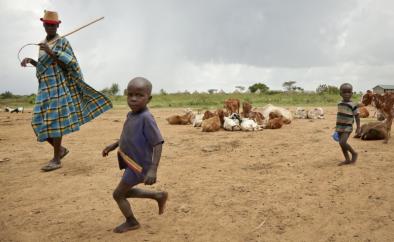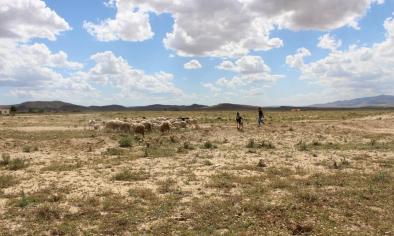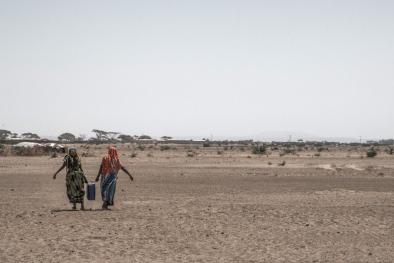Science Source
ENSO and interannual rainfall variability in Uganda: implications for agricultural management
- States that the El Niño–Southern Oscillation (ENSO) is correlated with the short rainy season (September–December) in East Africa
- States that seasonal climate forecasts made on this basis are being disseminated in the hope that this information will be useful in regional or even local planning and resource management
- Performs climate analysis at the sub-regional level with distinctions being made between unimodal (short season peak in August) and bimodal (short season peak in November) rainfall zone using monthly climate data from 1931 to 1960 at 33 sites
- Shows that, averaging across all stations, Pacific Ocean NINO3 region sea-surface temperatures (SSTs) from July to September (JAS) are significantly correlated with both the concurrent August–September (AS) rainfall (r=−0.75) and the following November–December (ND) rainfall (r=0.57), but with opposite signs
- Finds that when station data are separated into uni- and bimodal sites, it becomes clear that the importance of ENSO events is different in the two zones
- Finds that in the unimodal zone, El Niño events are associated with a depression of the August peak in rainfall, but a lengthening of the season, potentially providing an opportunity for growing later-maturing crops
- Results show that at bimodal sites, there is very little impact in August but November rainfall is enhanced in El Niño years and depressed in La Niña years
Related Content
Headline

Nov 9, 2017 | AP News
In harsh corner of Uganda, herders fight climate change
Headline

Oct 12, 2017 | Thomson Reuters Foundation
Africa tops global hunger index, driven by war and climate shocks
Headline

Sep 18, 2017 | VOA
World Hunger Swells as Conflict, Climate Change Grow
Headline

Aug 31, 2017 | Washington Post
United States to give Ethiopia $91 million in drought aid for food and medicine


